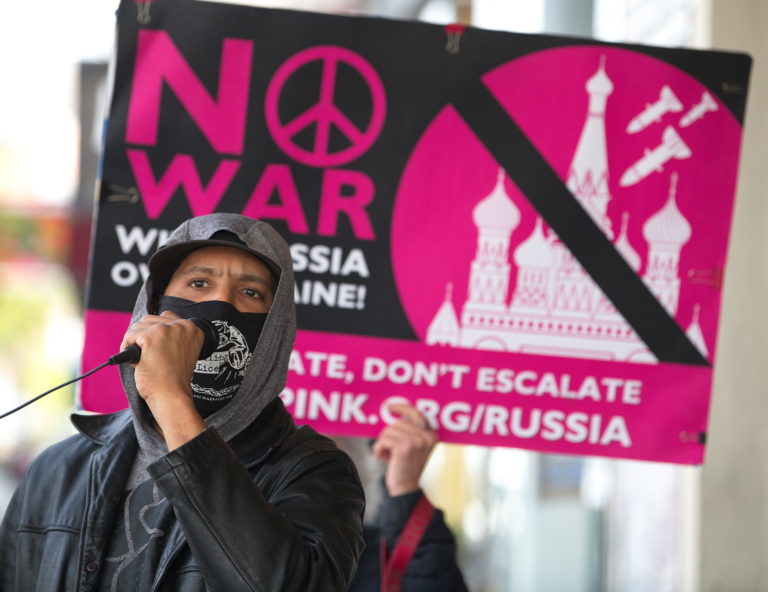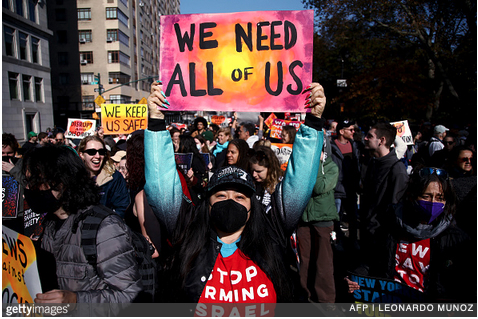Next week in Clear Actions, Peace House will launch a new action tool to help build effective pressure on our elected officials to avert a war over Ukraine. We are joining in this effort with peace organizations around the country, including Code Pink, Act Now to Stop War and End Racism, United for Peace and Justice, Veterans for Peace, and Friends Committee on National Legislation.
Click here for photos of Code Pink actions in many U.S. cities.
We hope you will use the new tool to promote a diplomatic solution to the conflict to war. In that regard, will you take some this time this week to increase your knowledge about the conflict? What follows will make it fairly easy to do that.
A critical issue is Russia’s assertion that the expansion of NATO membership to countries that share borders with it poses a major threat to its security. It has told the U.S. and other NATO countries that inclusion of the Ukraine in the military alliance is completely unacceptable. To date the U.S. has refused to acknowledge the legitimacy of Russia’s concern. For the historical background of NATO’s expansion and Russian fears, see the column that Herbert Rothschild, chair of Peace House’s Preventing War Working Group, published in Ashland.news on January 27.
For a more detailed account of what happened at the end of the Cold War and how it illuminates the current conflict, see the article in the January 25th New Yorker titled “The Historical Dispute Behind Russia’s Threat to Invade Ukraine.” https://www.newyorker.com/news/news-desk/the-historical-dispute-behind-russias-threat-to-invade-ukraine
For a good survey of Russian-Ukraine relations beginning with the breakup of the U.S.S.R. and where things now stand, including the possibility of a Russian invasion and the likely Western response, see “A simple guide to the Ukraine-Russia crisis: 5 things to know,” published in Aljazeera on January 25.
Much has been said by the White House and our mainstream media about Ukraine’s “right” to join NATO. But Article 10 of the charter, which deals with membership, says that NATO must invite a nation to join, that all NATO members must agree, and that admission depends–among other things–on whether admitting that nation will advance peace in Europe.
There is much more one can know, and the Internet makes it easy to access information. But the resources above should help cut through the very one-sided and self-serving news our mainstream media and the White House continue to release.
Look for the next issue of Clear Actions, and please act to help stave off a war that is avoidable.


